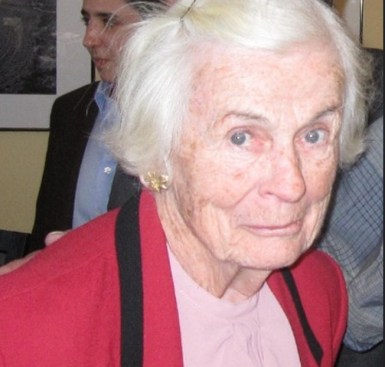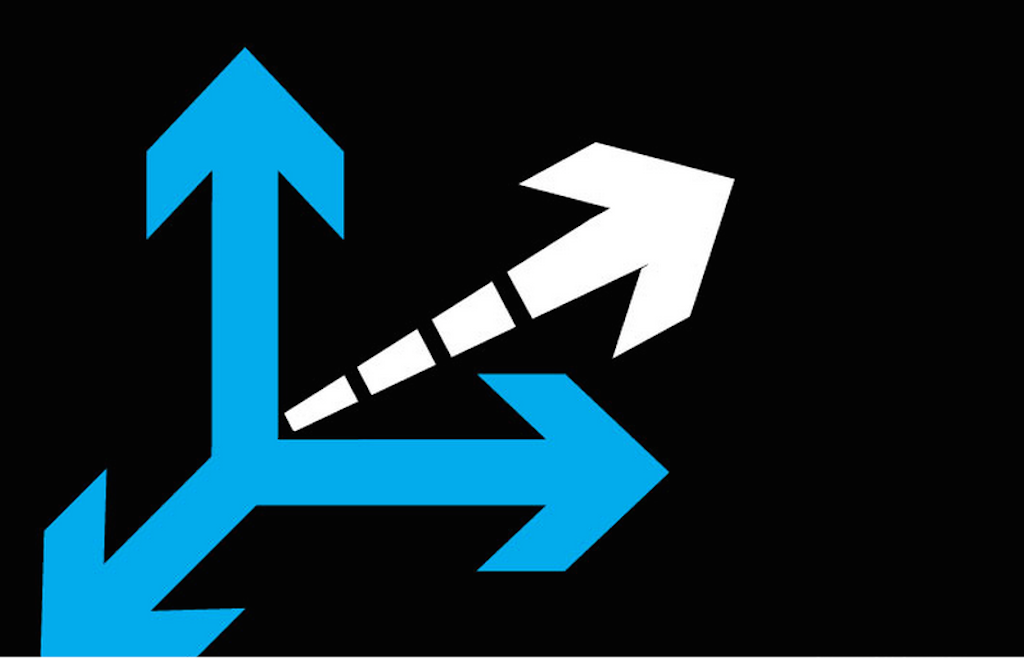The Sunday after Thanksgiving, in 1969, I boarded a Penn Central-New Haven Railroad train, northbound to Providence, RI, at the grim and grimy Stamford, CT, stop.
My mother checked to see whether the duffle I lugged contained the items she’d prepared for me to take back up to school. Then I got out of the front seat of the car and walked around the to the driver’s side, to give her a furtive wave, about as close as my 14-year-old’s hormonal make-up would allow to expressing a son’s gratitude and love.
She did her best to hide the Kleenex, giving a soft toot on the car horn as she watched me turn toward the train platforms.
Seven of us–five brothers and a sister–and she’d smile through tears to say “good-bye” to any one of us if it was for more than a few nights away. My mom would say, “I love each of you the best.” None of the seven of us could ever doubt that to this day.
Happy Mothers Day–a day, or three, or seven days belated–to all those of you who are mothers, or sons or daughters of mothers, or brothers or sisters, or fathers or mothers of mothers!

My mother grew up in working-class Providence, the daughter of an artesian well-driller and a button factory worker. Her parents both held jobs during the Great Depression, and she–by her late single-digits–had primary responsibility for her grandfather, who lived in their household. This multi-generational household of a different era gathered evenings, as a family, for fun and tidings about the scary world in which they lived, to “watch” the radio.
Two characteristics became second-nature instincts to my mom. Somehow, in a way that didn’t come across as nagging, but rather as an ever-gentle persistence, these characteristics sunk in for each of my mother’s seven children. One was to “save for a rainy day.” Be prepared for unpredictable occurrences to occur, to go wrong, to cost more than they should.
The other was, when rainy days come, get creative. Do things to keep busy. Have a list of the indoor projects to do when the season didn’t allow for work outdoors. Fix things. Build one of the kids–my little brother who loved to play with toy soldiers–a 4′ by 4′ castle. Play. Dance a little in the kitchen in the evening. Listen to music, a clear speaking or singing voice from somewhere far off, and let your imagination fill in the details of what you could not see with your eyes.
A rainy day stood for necessity.
Although 2020 Mother’s Day may have past, today, and every day since the extraordinary challenges and uncertainties and disruptions of the COVID-19 pandemic, my mother’s two timeless traits–being prepared for a rainy day, and getting creative when it came–come back as clearly as the memory of seeing her daub a tissue to her eyes as I waved so-long at the Stamford train station in November 1969.
How more meaningfully than now could this matter of necessity pronounce itself for us? As much as I am grateful that my own mother and father do not have to be alive to experience what we’re going through these days, it’s also pretty clear to me they may have been both better prepared for this rainy day, and more inventive, more imaginative, more creative in dealing with its constraints and shocks and stresses.
Home builders–the business sector that brings individual couples and families and households new homes and brings society new communities–are, like a family writ large. Noble, dysfunctional, wonderful, venal, intrepid, conspiratorial, loving, harsh, bounteous, and greedy. They’re all of these human characteristics, because, as no leader hesitates to affirm about home building, “it’s a people business.”
Right now, facing the specter of unemployment rates that American society has no experience with in upwards of nine decades, home builders–as firms, as working people, as essential participants in society and culture’s vital fabric-making–face a moment like no other.
Economists can debate it. Some contend that 20- or 30- or 40-million erstwhile earners who’ve lost their source of wages will a). be able to avail of Uncle Sam’s largess to ride out the storm, and will b). return to their livelihoods, their career prospects and confidence intact when the economy’s self-inflicted pause un-pauses.
Others argue, “whoa, hold on a minute! Not so much.” Their view is that the pandemic struck and collided an immediate-term crisis with a more structural one, having to do with an awkward pivot to the future of work in an exponentially-enabled technological and data-driven and automated world.
This is our rainy day. How creative, inventive, imaginative can we be?
We’re seeing glimpses, quantum leap embraces from what people mostly talked about for years, but are now doing because they have to.
Our #BuildersAreEssential session, this afternoon, with a lead presentation from Tim Costello, Chairman & ceo, Builder Homesite Inc., will be chock-full of ideas, inspirations, and imperatives for home builders. Register by clicking here.
The underlying message, as you listen to Tim’s presentation, is this. The time ahead will measure not just how creative, imaginative, inventive you and your team need to be as you court people and reel them in and make them your delighted customers. What Costello and others make clear for every going concern in the home building and development space that expects to be around by Mother’s Day of 2021 is this.
Take share. Do it or risk not being around by the end of this year. One way or another, the “pie” that we refer to as the new-home buying universe, is going to be smaller through the next several months. 20% maybe. 30%, some analysts think. 70%, very possibly.
Let the economists debate whether the Central Bank policy and muscle, and the conviction of Congress to “spend what it takes,” that we’re seeing play out at the Federal level, will ward off scenarios of hyper inflation, confine the damage to “disinflation,” and steer the nation–and the world–clear of deflation.
Builders’ jobs now are to cleverly, using all their wits and canny and cunning as leaders experienced in various forms and degrees of adversity and challenge, put their noses to the grindstone and make their ways forward.
It will mean taking share from weaker, less prepared, less nimble, more fragile ones than themselves. Stronger ones will survive. In 2021, a different set of Builder 100 firms will populate BUILDER’s rankings.
And an adolescent son or daughter will wave so-long to his or her mother, ignoring her little moment of grief until more than half-a-century later, when it all comes flooding back.



